I still remember the first time one of my seams popped right after finishing a project. It was a stretch fabric—super soft, super cute—and I’d used a regular straight stitch. Big mistake. The moment I tried to pull it on, I heard that tiny “pop”… and there went the seam. 🙃
That’s when I found the triple straight stitch.
At first, I thought, “Isn’t that just overkill?” But the moment I tried it on a pair of leggings I was repairing, everything changed. It’s so easy. I mean all you gotta do is,
Triple Straight
To do a triple straight stitch on your sewing machine, select the triple/stretch stitch setting—usually shown as 3 straight lines—and sew slowly for a strong, flexible seam.
And that’s it! It comes out strong. So here I am sharing it with my sewing inspo readers.
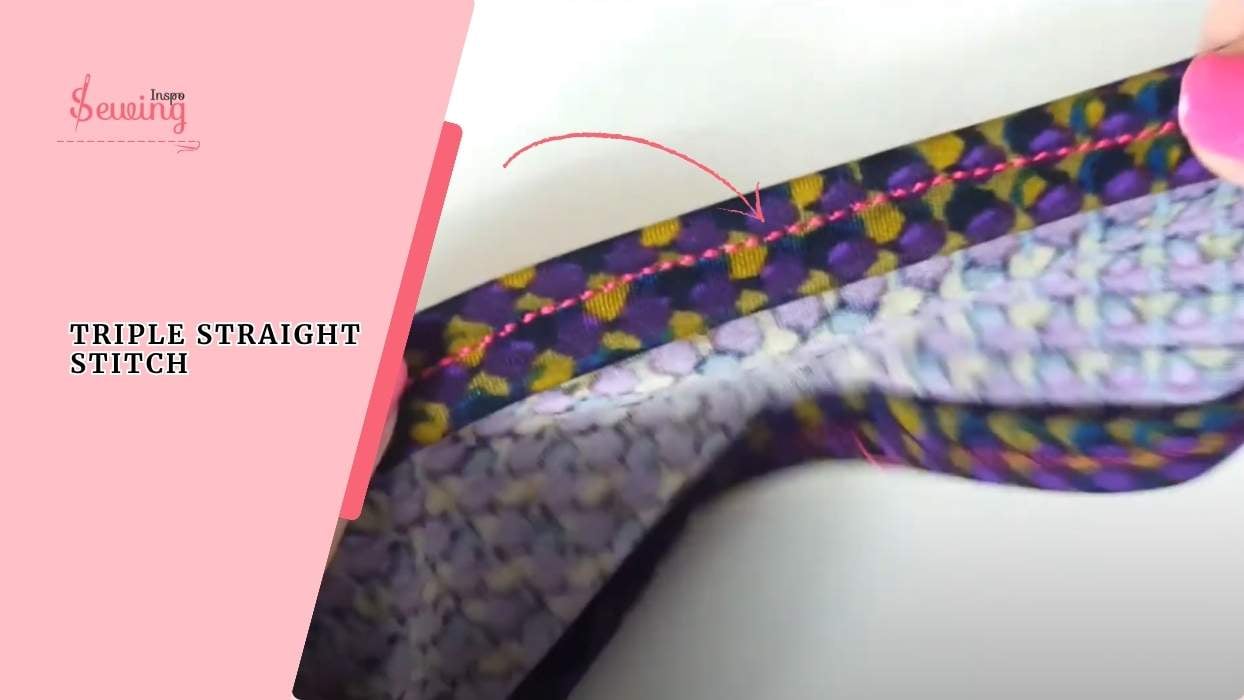
Table of Contents
What Is Triple Straight Stitch?
A triple straight stitch is simply a straight stitch, but executed in three rows. To the eye, it looks almost like a regular straight stitch,
But if you look closely, you’ll see that each stitch is made up of 3 tiny straight stitches—one forward, one back, then forward again.
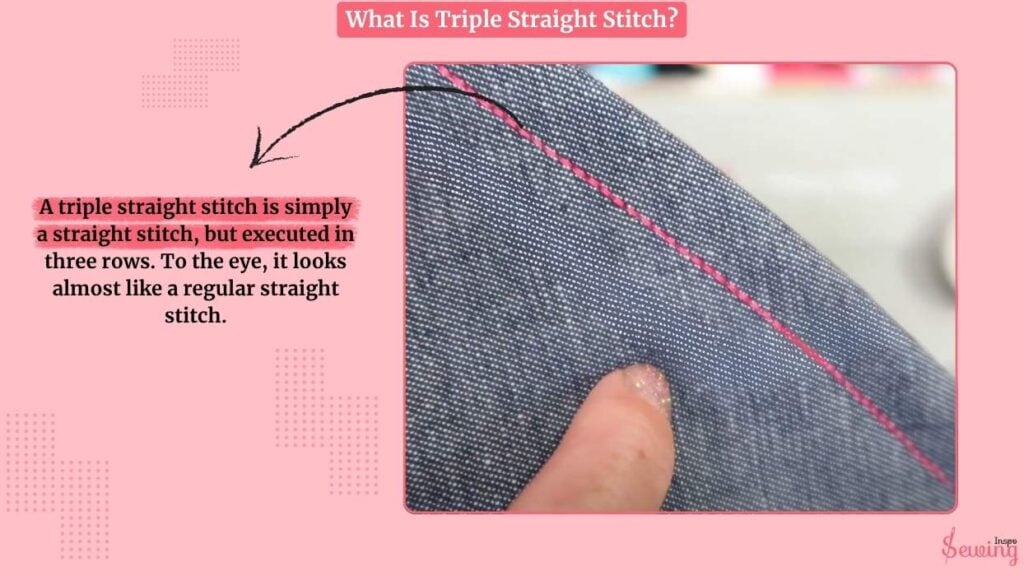
This gives it a slightly thicker and bolder line than a standard straight stitch. This is a kind of stronger version of machine stitches.

And normally,
The triple straight stitch is around 2-3m in length. However, you can adjust it according to your project.
What Is A Triple Straight Stitch Used For?
I always reach for the triple straight stitch when I know my fabric needs to stretch and hold strong. I’ve used it a bunch of times now for example:
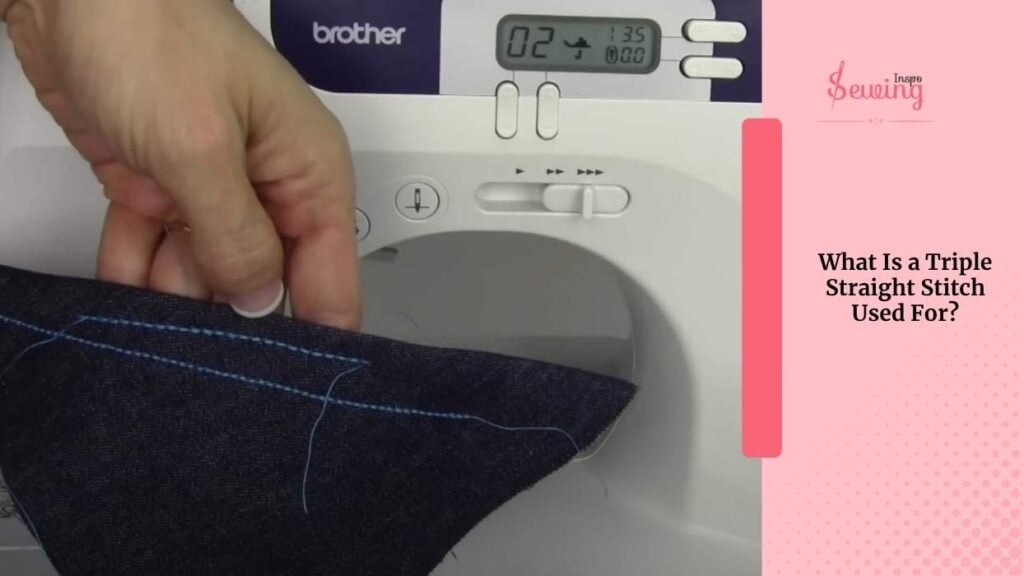
- When I sew stretch fabrics like jersey or Lycra
- On high-stress seams, like the underarm of fitted tops or the crotch area of leggings.You can try triple chain stitch on it, too.
- For reinforcing seams in clothes
- To fix seams that have already popped,
- When I’m topstitching and want that slightly bold
Honestly, once I started using it in these spots, I stopped worrying about seams snapping when I stretch or move. It’s strong, flexible, and worth the extra time.
Best Fabrics to Use with a Triple Straight Stitch
The triple straight stitch is most effective on medium- to heavyweight knit fabrics, such as athletic wear, leggings, and swimwear.
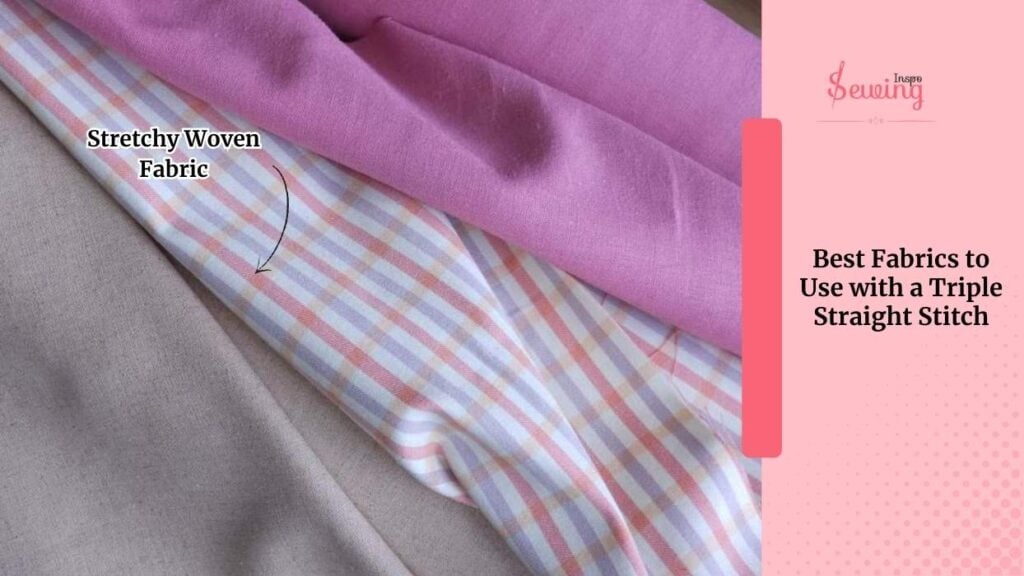
It’s perfect for reinforcing seams and hems because its stretchiness moves with the fabric, preventing stitches from popping when stretched.
Triple Straight Stitch Symbol
Rather than struggling with stitching, I struggle finding the buttons. Cause different machine has different-looking symbols. So I feel lost finding the triple straight stitch symbol.
But mostly the triple straight stitch symbol on most sewing machines looks like a regular straight line. But with three stacked lines or a bolded line instead of just one. Sometimes you can find it under the serger stitch on sewing machine.
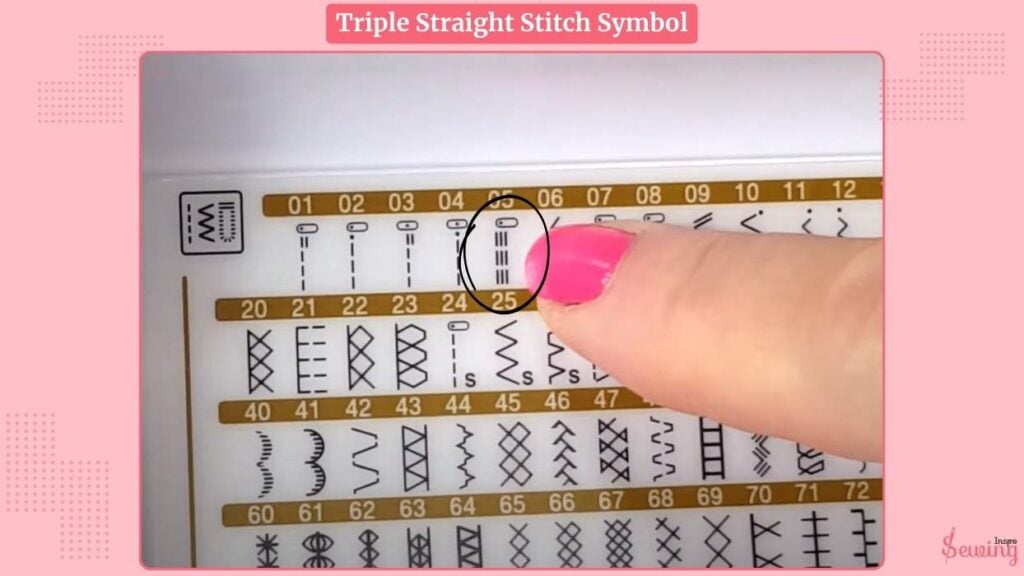
Common visual representations:
The triple straight stitch symbol on a sewing machine typically appears as three straight lines side by side, or sometimes as a zigzag with three tiny stitches in each zig and zag.
On digital machines like Brother, Singer, or Janome,
It might be marked as “SSS” (Stretch Stitch Setting) or shown as #4 or #5 on the stitch selector. Just depends on your machine model!
Where to find it:
Check your sewing machine’s stitch selector dial or digital screen. It’s often located near the basic stitches.
How To Do A Triple Straight Stitch On A Sewing Machine?
To do a triple straight stitch i follow 5 steps,
- Get the foot L pressure foot
- Get polyester thread
- Start sewing
- Don’t be hursh on fabric
- End triple stitch with a back stitch
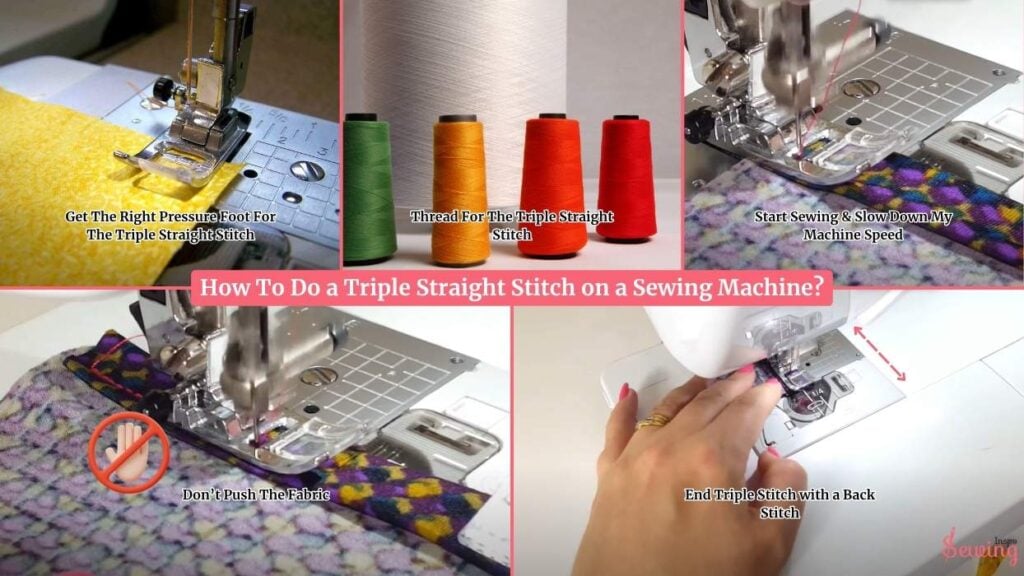
Get The Right Pressure Foot For The Triple Straight Stitch
Now, one thing I love about my machine is that it actually tells me which presser foot to use (so helpful, right?). For this stitch, it tells me to use Foot J, and I pop that on.
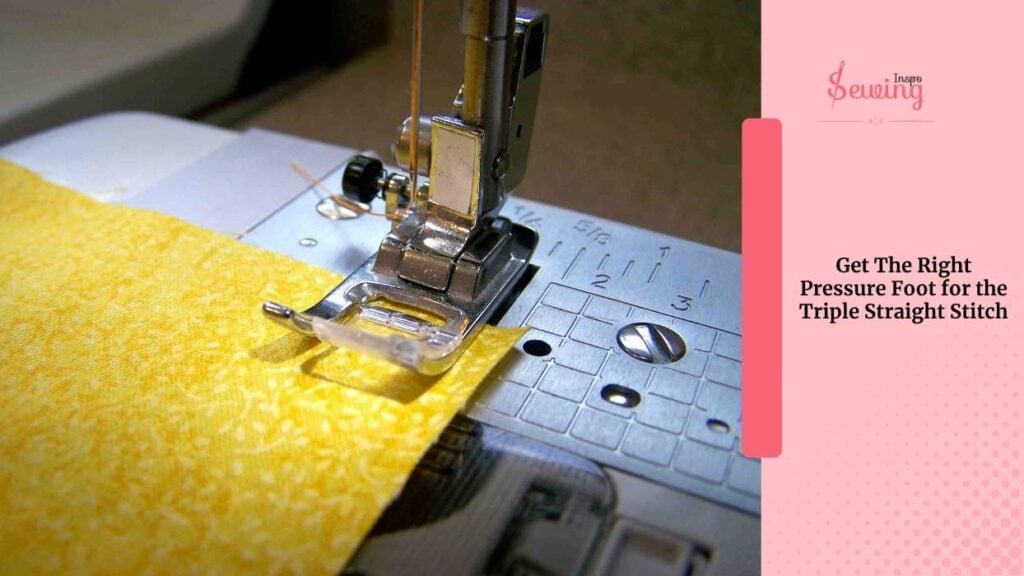
Also, I check my presser foot pressure.
My machine is set at 3 by default (which is fine for normal sewing). But for knits, I reduce it to about 2. That little adjustment makes a big difference on decorative stitch. Less pressure means the fabric feeds more gently and won’t stretch out or ripple while I sew.
Thread For The Triple Straight Stitch
I recommend using polyester thread when sewing stretch fabrics. Polyester has way more stretch than cotton thread, so your seams can move with the fabric.
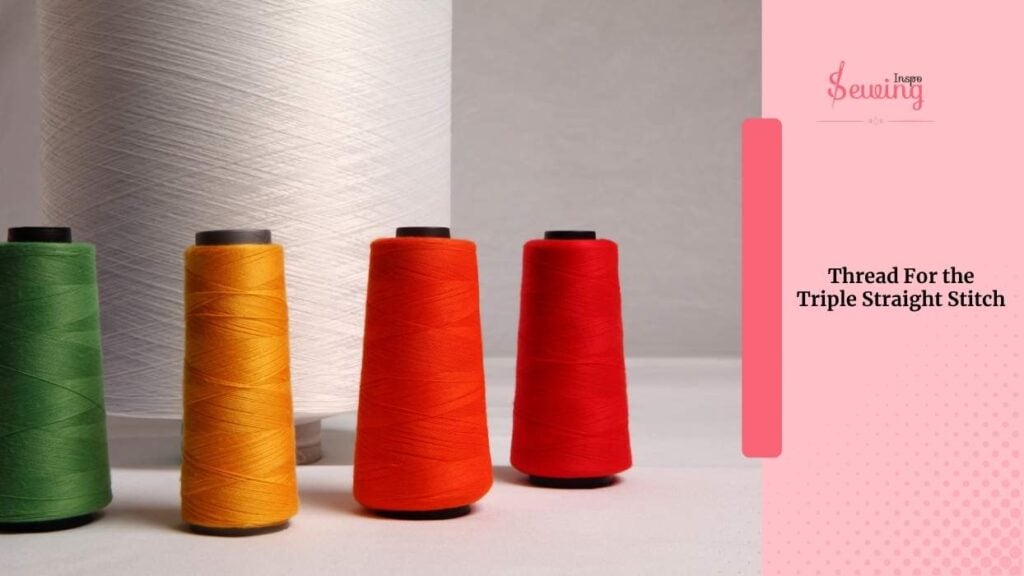
For needles,
If I’m working with spandex or scuba fabric, I switch to a stretch needle. For most other knits, a ballpoint needle does the trick. I even do this for machine blanket stitch.
Start Sewing & Slow Down My Machine Speed
Alright, I’m going to start sewing so you can see this stitch in action. I like to slow down my machine speed a bit to maintain control and ensure the stretch stitches stay even.
Watch closely—see how the machine sews forward and then back over the same stitch two more times? That’s how it gets reinforced and strong.
For the size, I maintain. Most machines default to a stitch length of 2.5 mm, but for a triple straight stitch, here’s what I usually do:
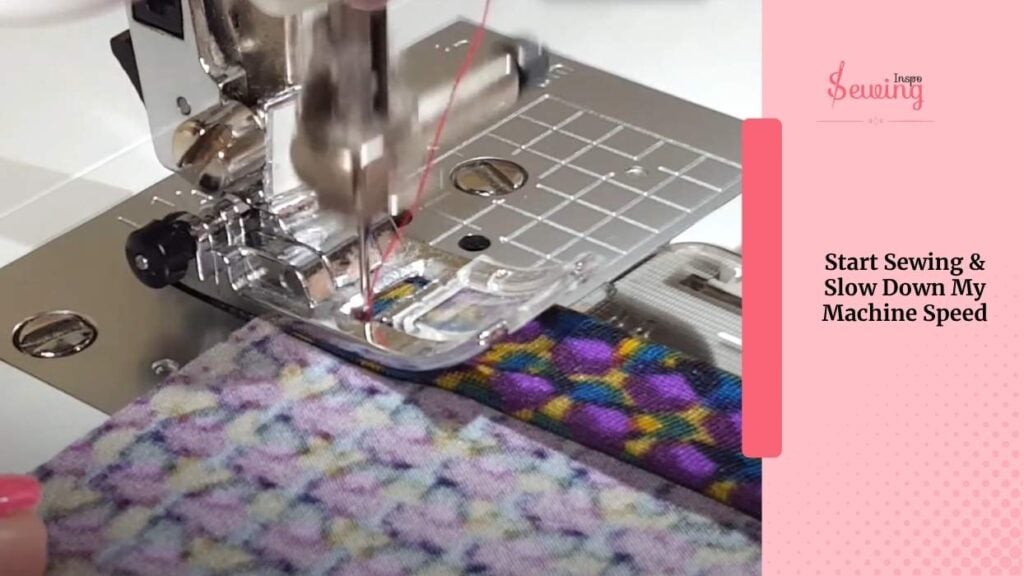
- Length: 2.5 mm – 3 mm (Go shorter for tighter stretch seams or longer for Elastic stitch)
- Width: It’s a straight stitch, so width = 0
And I kept stitching.
Don’t Push The Fabric
I’m careful not to push or pull the fabric while sewing. The machine will feed it through automatically. If you tug or stretch the fabric as it moves, you risk distorting the fabric or stretching the seam out of shape.
Why? Well,
Because this is a triple stretch stitch, it locks over the previous stitch twice, creating a super-strong seam that still stretches. I love using this stitch for hems, necklines, and cuffs. Basically, anywhere that you need to move.
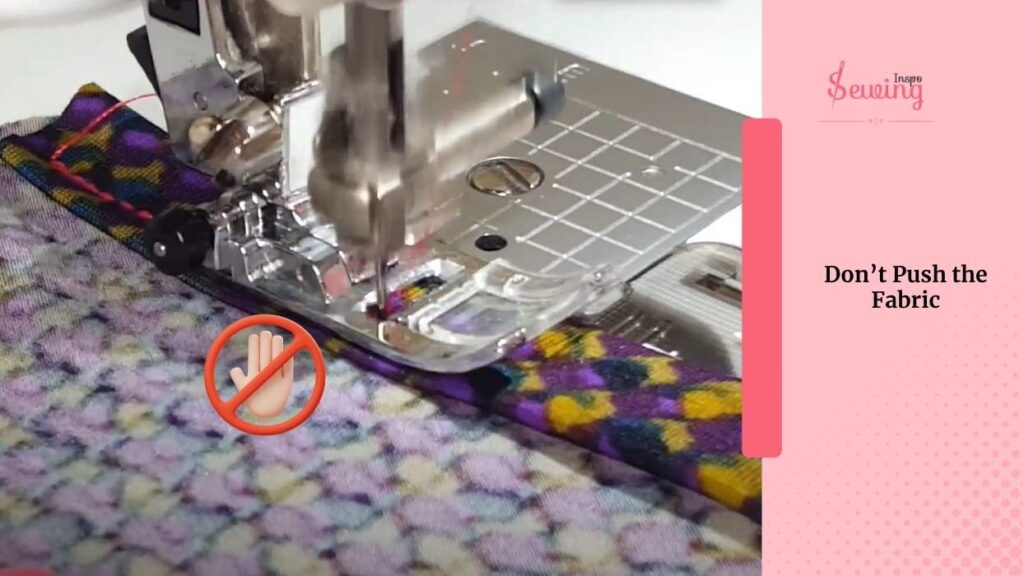
End Triple Stitch With A Back Stitch
Reached the end? Great, now let’s secure it. It sews forward, back, and forward again. So your seams stay strong and stretchy.
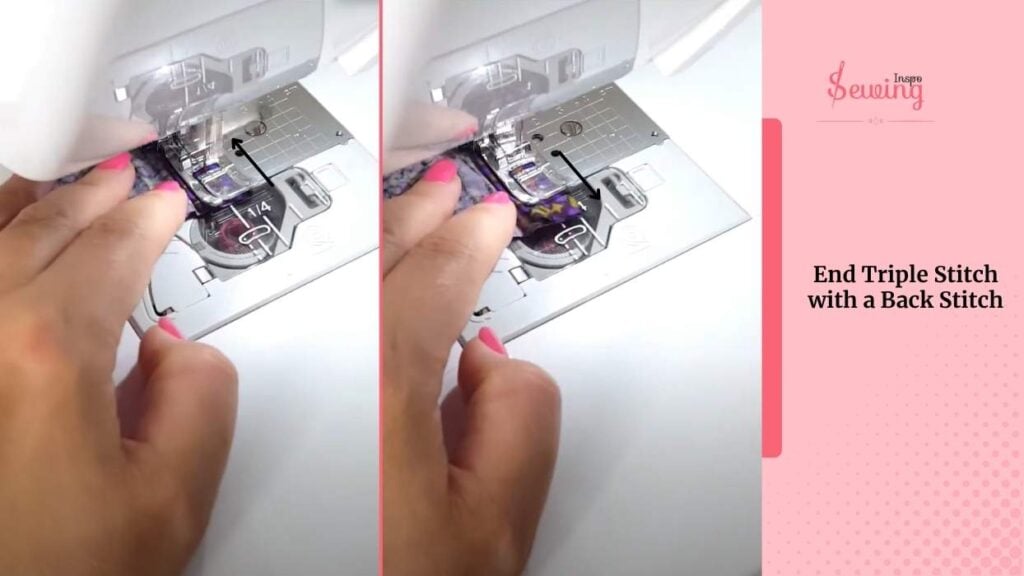
I use polyester thread, a ballpoint or stretch twin needle, and slightly lengthen the stitch to avoid puckering. Just guide the fabric. Don’t stretch it,and let the machine do the work.
This stitch is perfect for hems, cuffs, and necklines. And of course, I always end it with a solid backstitch to lock everything in.
Triple Straight Stitch Pdf
Triple Straight Stitch Strength
Yes, a triple straight stitch is stronger than a regular straight stitch. By sewing over the same line three times (or using three closely spaced parallel lines), it reinforces the seam.
That’s makes it more durable and less likely to unravel. It’s often used on areas that experience stress, like hems, seams on heavy fabrics, or points of tension in hand sewing.
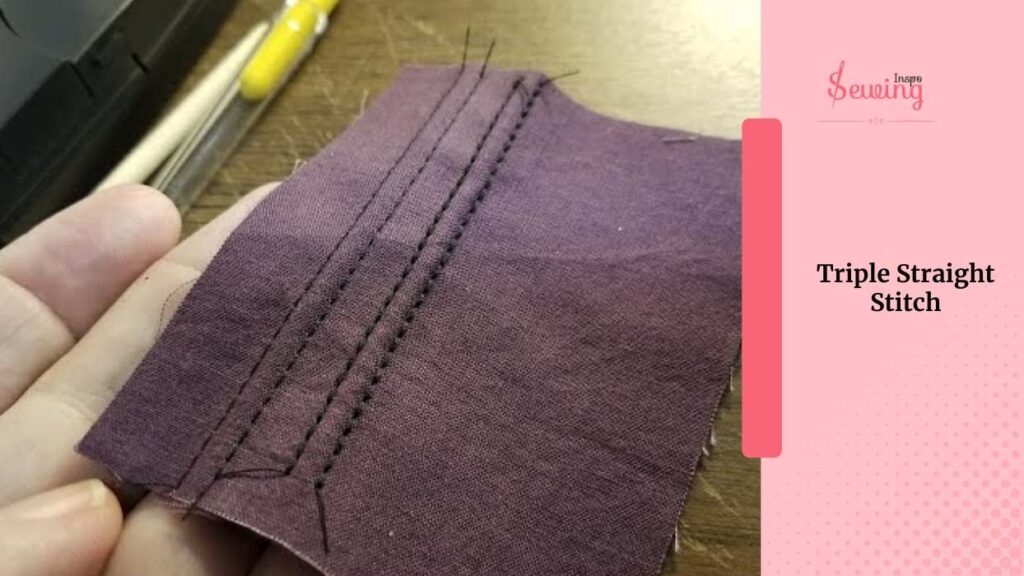
Frequently Asked Questions
Is a triple straight stitch stronger than a regular straight stitch?
Absolutely. It moves forward, backward, and forward again with each stitch, giving it serious strength and built-in stretch.
Can I use it on non-stretch fabrics too?
Yes! It’s a great reinforcement stitch even on woven fabrics if you want extra durability.
Do I need a special needle or thread?
I always use polyester thread (for flexibility) and a stretch or ballpoint needle, depending on the fabric. Makes a big difference!
Why does my fabric pucker with this stitch?
Probably because the stitch length is too short or the presser foot pressure is too high. I like to lengthen the stitch a little and reduce foot pressure for smoother results.
Conclusion
If you’ve ever had seams burst on stretchy fabric (ugh, we all have), the triple straight stitch is a total lifesaver. It’s strong, it stretches, and it holds up wash after wash.
Once I started using it for my knit projects, I never looked back. It’s now one of those “must-use” stitches in my sewing toolbox. 😉
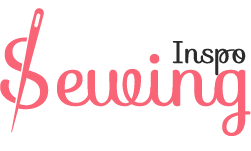
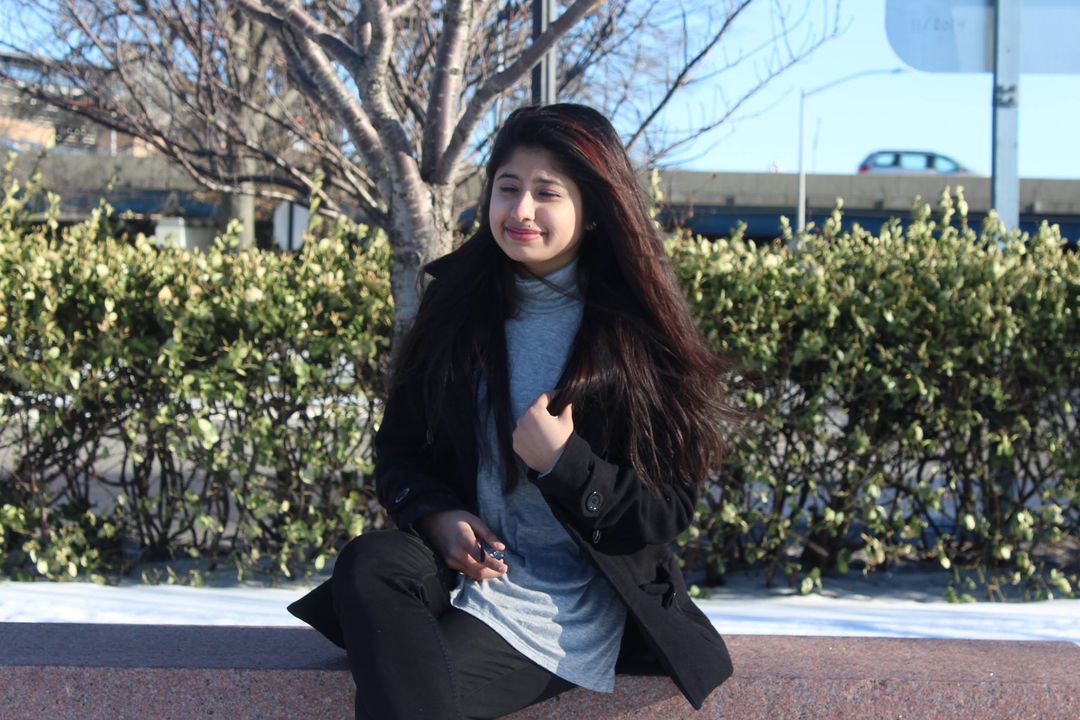
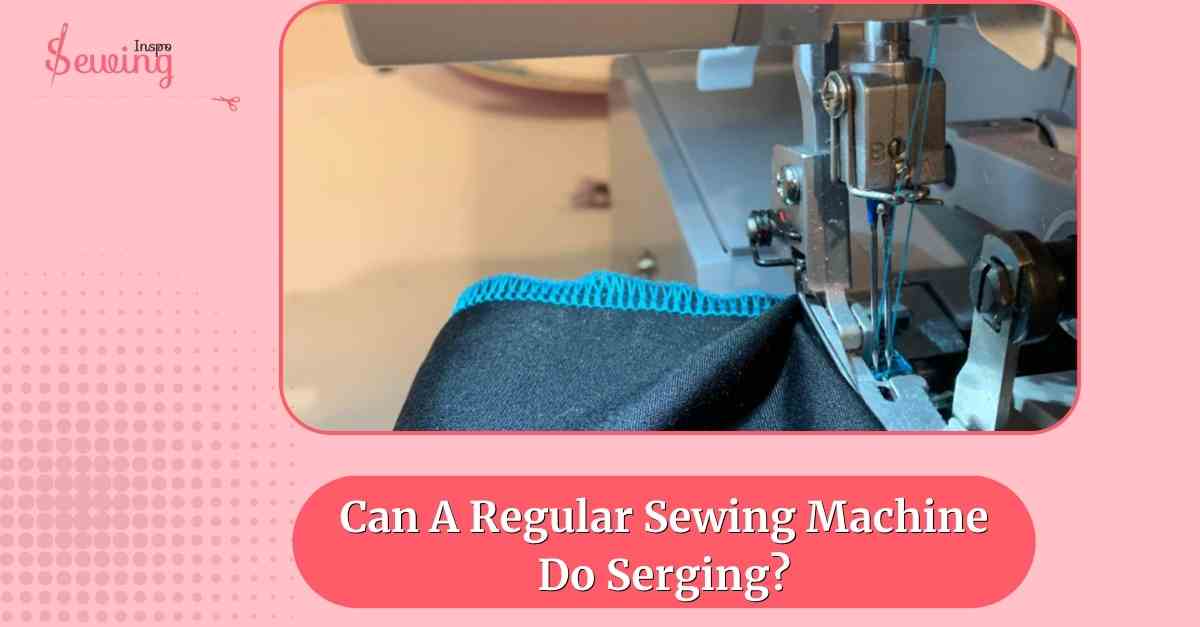
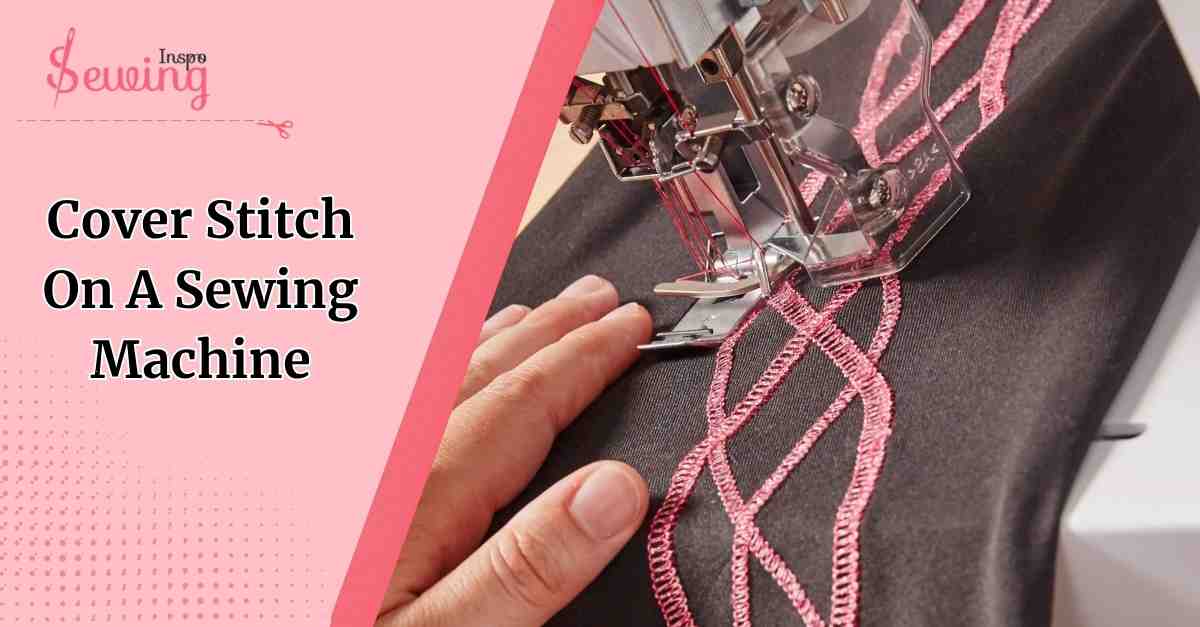
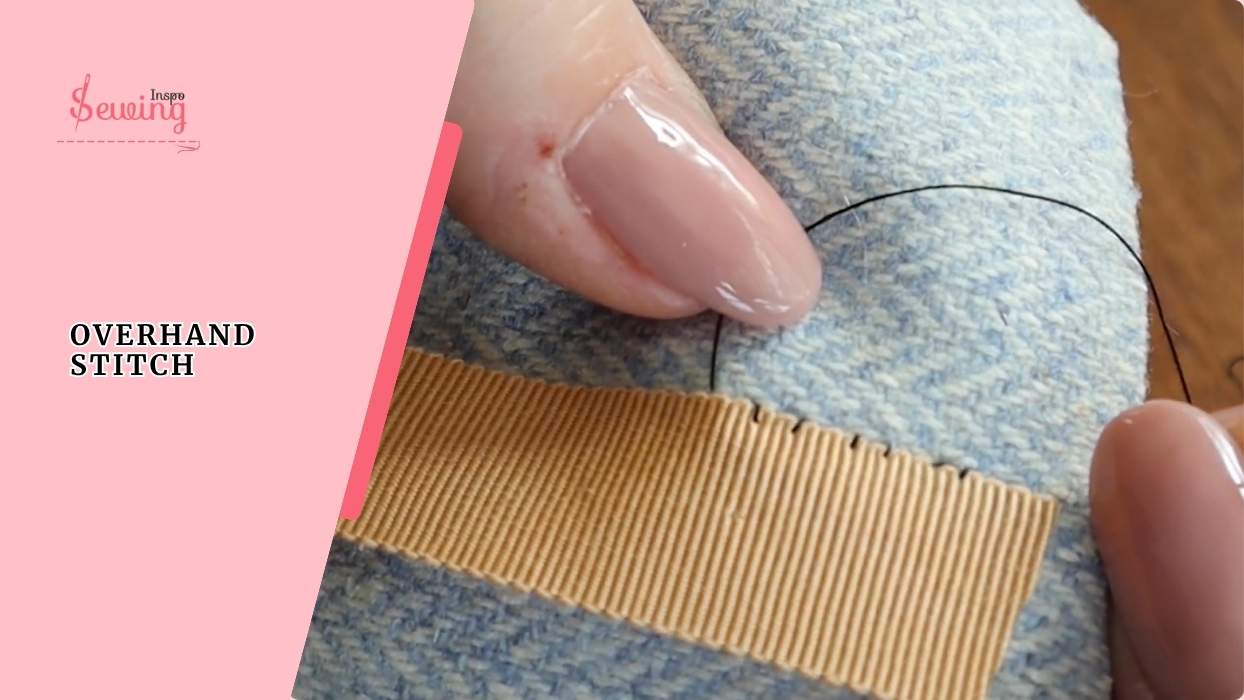
Leave a Reply